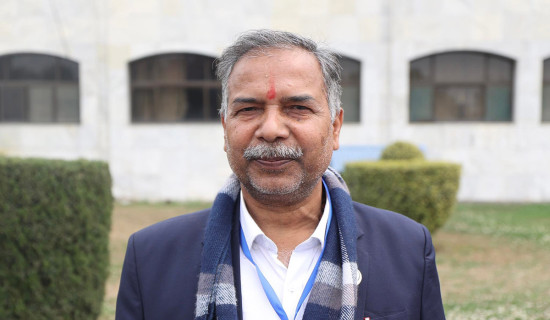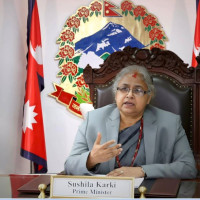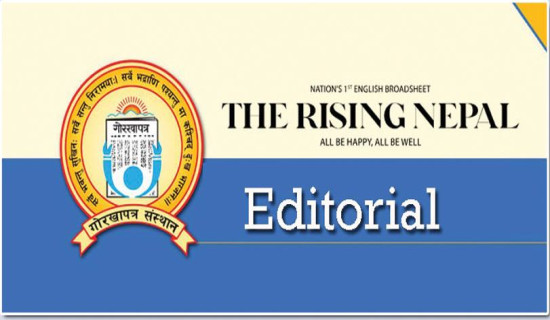- Monday, 20 October 2025
Save Intangible Heritage
Nepal, often celebrated for its natural beauty and towering mountains, is equally rich in cultural diversity. This cultural heritage, like two sides of a coin, is divided into tangible and intangible forms. Tangible cultural heritage includes artefacts, monuments, groups of buildings, sites, and museums that hold symbolic, historic, artistic, aesthetic, ethnological, anthropological, scientific, and social significance. Languages, music, oral traditions, rituals, and craftsmanship gracefully express the notion of a nation's rich, multi-ethnic identity and the firmly established ancient civilization.
However, many of Nepal’s unique cultural elements are on the verge of extinction. Indigenous languages are fading, traditional instruments are vanishing, and urgent actions are needed to preserve Nepal’s living legacy before it disappears altogether.
Nepal is home to over 125 ethnic groups and 123 living languages, as per the 2011 census. Yet, 56.4 per cent of the population does not speak Nepali as their mother tongue, even though it remains the official language used in education, media, administration, and the courts. As of 2022, the Kusunda language has only one fluent speaker left. As younger people grow up without learning the language of their grandparents, Dura, Raji, Surel, and Puma are fading fast. Traditional practices like Dhami-Jhakri rituals, ethnic dances, indigenous farming rituals, and musical traditions are also being forgotten. In many communities, cultural festivals are no longer celebrated with their original passion, and traditional attire and crafts are being replaced by modern alternatives.
The loss of intangible cultural heritage is not just a cultural issue; it is a loss of knowledge, identity, and diversity. Traditions illustrate sustainable ways of living, deep wisdom, social harmony, and spiritual flexibility. Protecting the heritage isn’t just about maintaining the past. It concerns keeping the connection alive and making sure that future generations can continue to get inspired and draw strength from the wisdom of their grandparents. Cultural diversity is Nepal's greatest treasure.
Nepal’s traditional music is one of the striking examples of endangered heritage. Nepal is said to be home to around 650 types of musical instruments. However, more than 100 of these instruments are gradually disappearing. Beena, for example, celebrated during the Lichchavi and Malla period and often depicted with Goddess Saraswati, has vanished from everyday use, and mostly exists in temples.
The growing influence of Western culture among young people has accelerated the erosion of Nepal’s traditional values, languages, and identity. The English language is favoured over Nepali in different parts of Nepal. Western fashion, lifestyle, food, and entertainment are viewed as modern and aspirational, making traditional customs and attire old-fashioned. Social media increases the modern and western fashion, pulling values away from society. Not every Western influence has a negative impact, but it must be balanced for the preservation of the heritage and values from fading.
The good news is that efforts are being made to preserve such heritages. One such effort is Project Sarangi, which is reviving a lovely representation of the Gandharva community. Minority groups are stepping forward to reclaim their cultural identity. Women have started playing naumati baja, which was only played by males previously, among other efforts.
Every person, the government, and communities must work together to protect Nepal’s threatened oral history. The decline might be stopped through policies that promote bilingual education, provide financial help to craftsmanship, record oral traditions, and use the media to celebrate cultures. Nepal’s cultural treasure is huge, but so is the threat to its existence. By protecting them, we enhance the future and pay respect to the past as well.

















